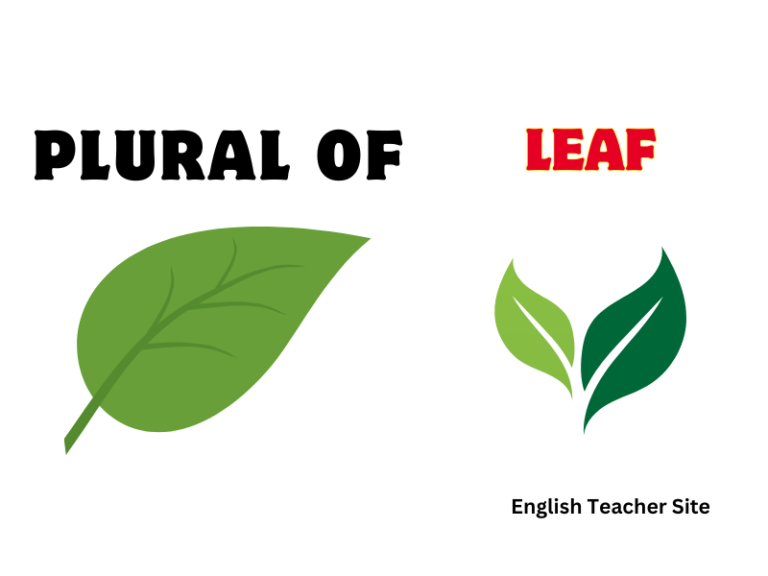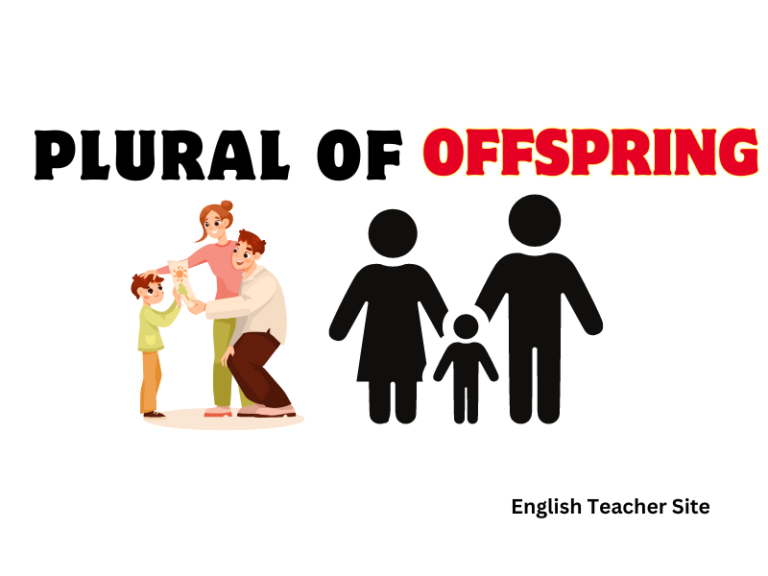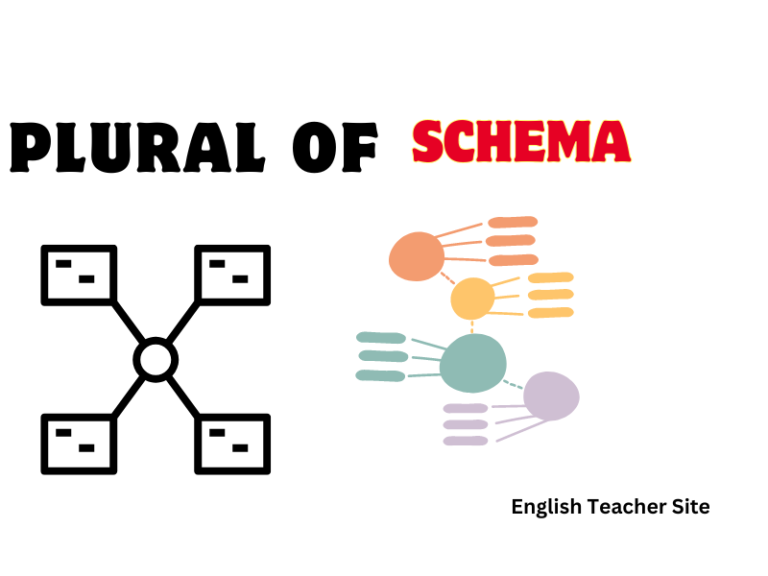Oxen or Oxes? 5 Easy Tips to Never Get It Wrong (With Examples) Oxen or Oxes? 5 Easy Tips to Never Get It Wrong

Introduction: Why “Oxen” and Not “Oxes”?
- Understand the correct plural of “ox.”
- Discover why “oxen” is correct and “oxes” is a common mistake.
- Learn historical and linguistic reasons behind irregular plurals.
📚 Practical Example:
- ❌ Incorrect: We saw two oxes in the field.
- ✅ Correct: We saw two oxen in the field.
Tip 1: Know the Rule — Irregular Plurals in English
- English has regular and irregular plurals.
- “Oxen” follows an old irregular plural pattern.
- Similar examples include “children” and “men.”
Practical Examples of Irregular Plurals
- Child ➡️ Children
- Man ➡️ Men
- Woman ➡️ Women
- Ox ➡️ Oxen
Tip 2: Understand the History of “Oxen” — Old English Influence
- “Oxen” comes from Old English.
- The “-en” plural ending was common in early English.
- “Oxen” has been used for centuries, predating regular “-s” plurals.
Quick Etymology Lesson
- Ox in Old English: oxa
- Plural in Old English: oxan ➡️ Modern English “oxen”
Tip 3: Use Memory Tricks to Remember “Oxen”
- Create associations to remember the correct plural.
- Use rhymes or stories to lock it in your memory.

Practical Mnemonic Example
“An ox works hard in the den, and there are many oxen in the den!”
Rhyme: “Men, children, oxen—irregular, not forgotten!”
Tip 4: Compare with Similar Irregular Plurals
- Recognize patterns with other irregular nouns.
- “Oxen” belongs to a small group of irregular nouns ending in “-en.”
Example List
| Singular | Plural | Notes |
|---|---|---|
| Brother | Brethren | Used in historical/religious context |
| Child | Children | Common irregular plural |
| Ox | Oxen | Traditional farming term |
Tip 5: Practice Makes Perfect — Exercises and Quizzes
- Test your understanding with fill-in-the-blank exercises.
- Practice sentences and multiple-choice questions.
Practice Exercises
- Fill in the Blank
- We saw two ________ pulling the cart.
- The farmer owns three ________.
- Long ago, people used ________ to plow fields.
- Oxen
- Oxen
- Oxen
- Multiple Choice What is the correct plural of “ox”?
- A) Oxes
- B) Oxen ✅
- C) Oxe
Common Mistakes and How to Fix Them
- Mistaking “oxes” for “oxen.”
- Overgeneralizing the “-s” plural rule.
- Mispronunciation of “oxen.”
Mistake 1: Adding “-es” Instead of Using “Oxen”
- ❌ Incorrect: Oxes
- ✅ Correct: Oxen
Why? Because “oxen” is an irregular plural following Old English grammar.
Mistake 2: Mispronouncing “Oxen”
- Common mispronunciation: [oks-ən]
- Correct pronunciation: [ˈɑksən]
Tip: Break it into “ox” + “en” for clarity.
Vocabulary and Synonyms Related to “Ox”
- Expand vocabulary for more fluent writing.
- Learn synonyms and related words.
Synonyms for “Ox”
- Bull (male bovine, not always used for work animals)
- Steer (castrated male, often used for meat)
- Cattle (general term for domesticated bovines)
- Draught animal (animal used for pulling heavy loads)
Related Vocabulary
- Plow
- Yoke
- Herd
- Livestock
FAQs About the Plural of “Ox”
- Answer common learner questions.
- Clarify confusing aspects of “oxen.”
Q 1: Why isn’t “oxes” correct?
Because “ox” is one of the few nouns in English that follows an irregular plural rule ending in “-en,” like “children.”
Q 2: Is “oxen” still commonly used today?
Yes, especially when referring to traditional farming, history, or literature. In casual conversation, people may just say “cattle” instead.
Q 3: Are there other animals with irregular plurals?
Yes! Examples include:
- Goose ➡️ Geese
- Mouse ➡️ Mice
- Louse ➡️ Lice
Sources
My name is Khamis Maiouf. I am the creator of the English Teacher Site, dedicated to providing valuable resources and insights for students around the world. With a passion for education and a commitment to helping students enhance their skills, I aim to make English teaching more effective and enjoyable for both educators and students.






